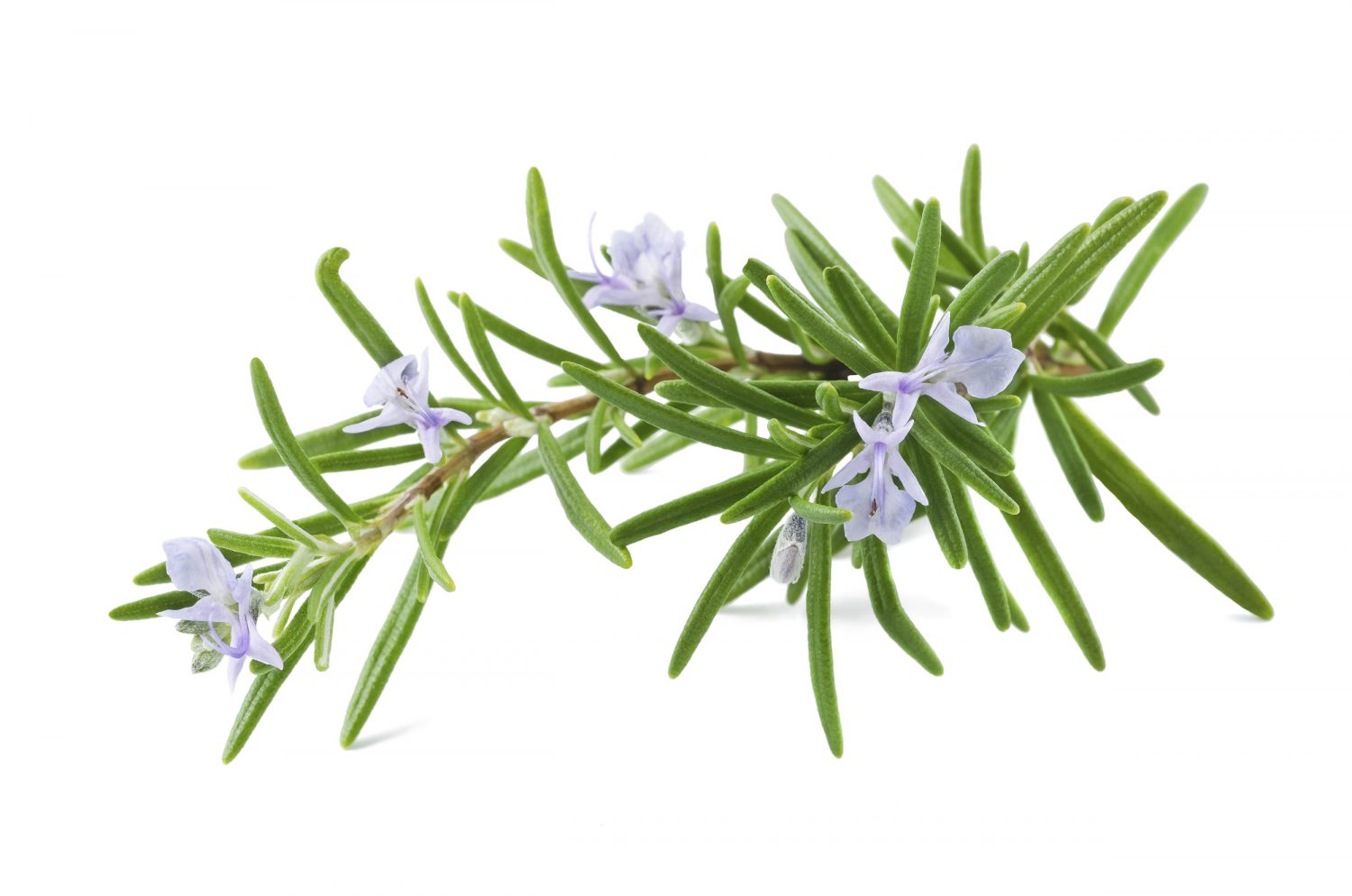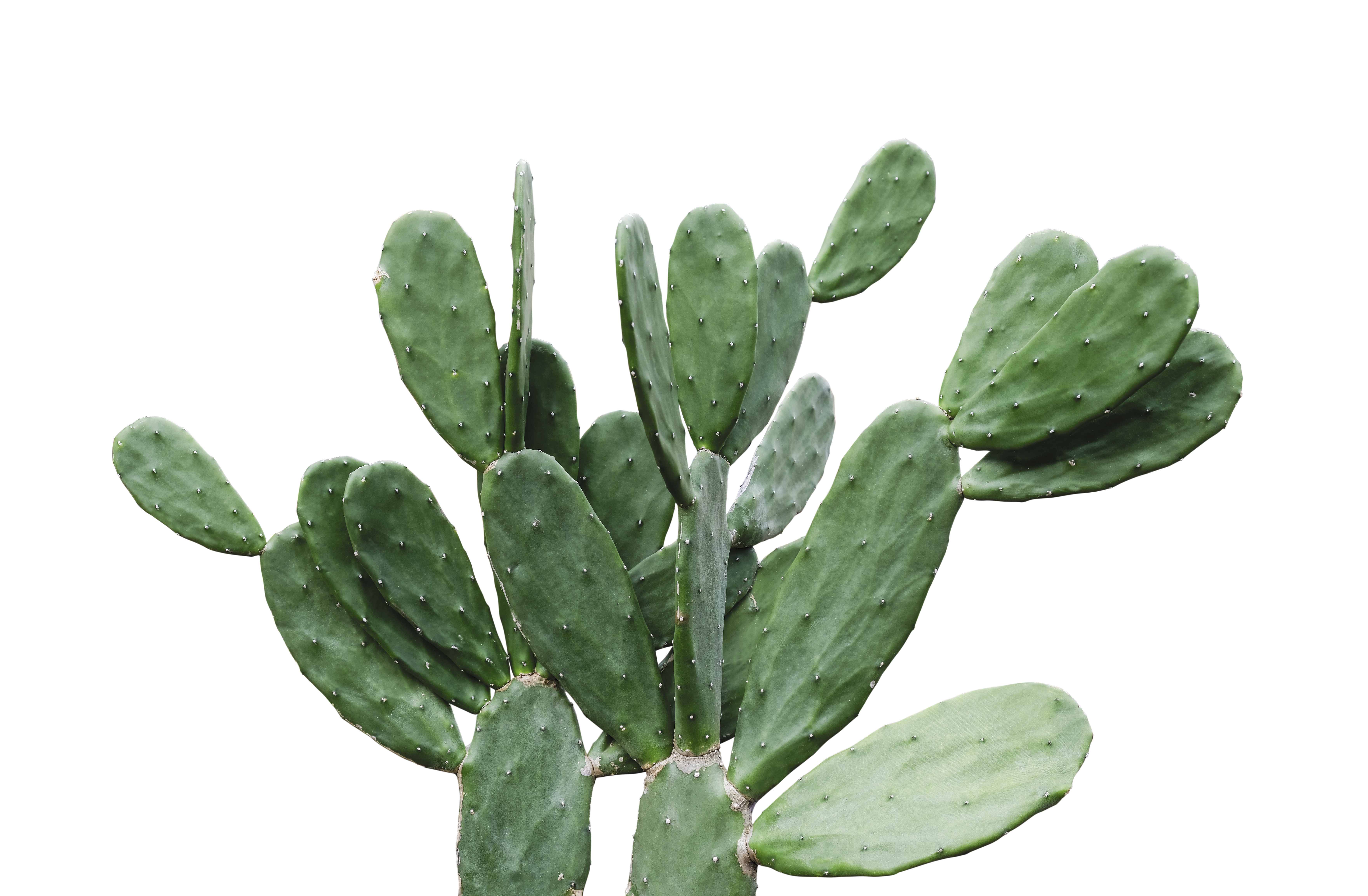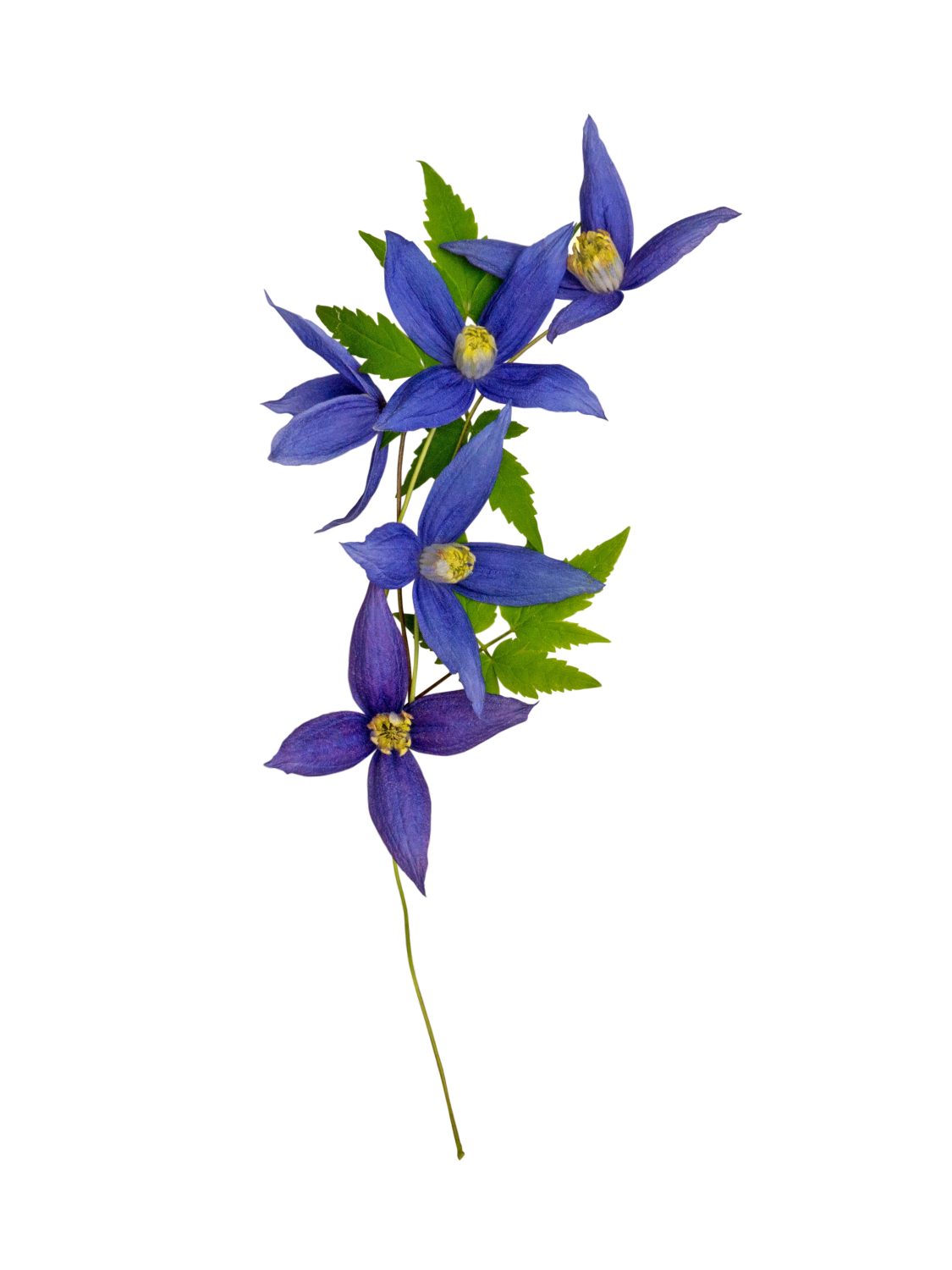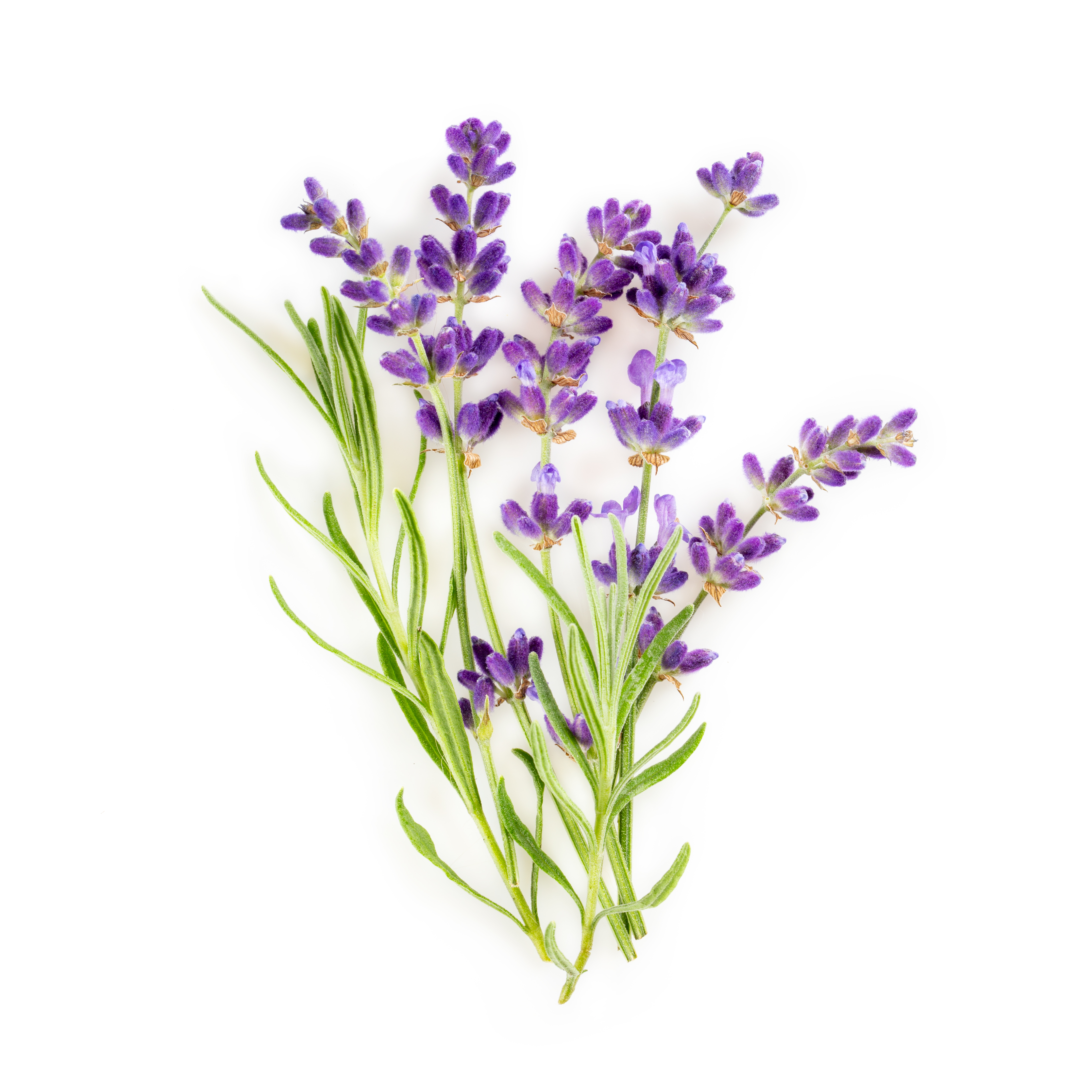Jo Arnell picks drought-tolerant plants to soothe a parched summer garden

It was a gruelling summer this year – nothing in comparison to what is happening in some parts of the world, but the fierce combination of extreme heat and a lack of rain has taken its toll. It has been interesting from a cold science point of view – gut-wrenching and desperate from every other – to see what’s managed to cope, appeared to die and then miraculously started to recover, or just very sadly frazzled into oblivion. There have been a few surprises – I’ve found that roses have proven to be tough and resilient plants in the face of the drought, Heucheras and Daylilies are doing fine too, whereas – in my garden at least, the Phlox wilted miserably and Japanese anemones that I often recommend for patches of dry shade, frazzled and failed to flower.
What can we do to help our gardens get through another drought? Should we be planning to replace plants with those from the Mediterranean? Maybe, but the problem with that is that our winters can also be very wet, some of us garden on heavy clay too, which makes for a lethal combination if you are a lavender plant. The best thing that we can do is to try to help our plants to be resilient. This means understanding a bit more about the conditions in our gardens – the soil and the microclimate, and to learn a bit more about our plants – to know which part of the world they came from originally, and – in theory at least, the conditions they should be able to cope with. We can do a lot to improve the structure of the soil, both helping it to retain moisture and improve the drainage. We can collect rainwater and recycle our washing up and bathing water, and when it comes to protecting and feeding, apply organic management techniques rather than chemical. We may also be able to provide shelter from wind and the worst of the winter weather, to be generally more watchful and notice what is going on in the garden.

Resilience
When a woody plant is under extreme stress it may well drop its leaves and go into a survival state, a shut down. The problem with this from our point of view is that it looks like it has died. It’s not dead, it’s just resting. Some may be as dead as a Norwegian Blue, but there could be kernels of life deep within the hearts of some plants, cowed, beaten for now, but desperately hanging on – and hoping that we don’t come along and resign them to the compost heap. It might be that they never properly recover, but it’s worth waiting until the spring just in case.
We have learned, especially in recent years, that being resilient takes teamwork, a community, an ecosystem of support. Plants and organisms do not evolve in a vacuum; they too rely on one another and down through time they’ve devised strategies between them to help the whole interlinked system survive. There’s a sort of ‘you scratch my back, I’ll scratch yours’ relationship that exists between plants and animals – and not forgetting the fungi and bacteria which play vital roles. Just as, above the ground creatures are helping plants with pollination and seed dispersal, within the soil microorganisms are living in symbiosis with plants, sometimes even within the roots themselves, providing nutrients in exchange for the sugars the plant makes. It takes a while to build up these subterranean relationships and for plants to develop a complex root system, so newly planted trees and shrubs are very vulnerable to drought in their first few years.
The best thing that we can do to help plants survive periods of both drought and prolonged wet weather, is to increase the amount of organic matter in the soil. Well rotted manure and compost is alive with microbiota that will help retain moisture when the weather is dry and improve drainage when it’s wet, whatever your soil type.
Right Plant Right Place
I am as guilty as anyone of buying a plant that I just have to have – and then wandering around the garden looking for a space to squeeze it into, or even worse, like the world’s worst matchmaker, trying to put plants together to make a colour scheme, when they wouldn’t naturally be happy on the same continent, let alone the same flowerbed.
Understanding where our purchases (victims?) originate and the niche they are filling – their habit and eventual size, the soil and preferred conditions, will help them feel a lot more at home and therefore less prone to stress. Stress weakens plants and makes them more susceptible to attack from pests and diseases. Native plants and weeds will always do better in our gardens because they’ve spent millennia adapting to the conditions and forming relationships with other local flora and fauna.
There are ways of working out where they might be happy – I say might, as it can be hard to replicate a South American meadow or sheltered Himalayan slope in our back gardens. Often just by looking at the leaves, you can tell where in your garden a plant will be happiest, because the leaf of a plant, when studied closely, will tell you quite a lot about the plant itself, and not just how healthy it is or whether it needs watering. Leaves have evolved and adapted to suit the prevailing conditions in their environment (note; this is over millennia – not the short time they have been in our gardens). The colour, shape, size and even texture of a leaf will give away clues about where the plant would like to grow. Large floppy leaves have a big surface area and means that moisture will easily be lost, so a plant with large, soft leaves – a hosta for example, will grow best in damp shade. Small, leathery leaved plants will tolerate drier conditions, because each leaf will have a smaller surface area and will lose less moisture. Plants like rosemary and lavender manage to survive in arid climates by reducing their leaves almost to needles. Cacti have gone further and turned theirs into protective spikes, storing water in their succulent stems.

The Latin name may also give you clues to the habit of the plant and sometimes its preferred location – so Clematis alpina comes from around the Austrian Alps, Nicotiana sylvestris is a woodland plant and Salvia argentina is a silver leaved sage – and silver or grey leaves are an adaptation to scorching sun. Once you get the hang of looking for clues to a plant’s habit or origins in its name, choosing the right plant becomes a little easier – it might not stop you from buying it, but it may give you a clue as to why it turned up its toes.
The newly planted and, sometimes, the very oldest trees and shrubs are the most vulnerable, so it’s important to make sure that woody plants especially are looked after in their first few years. This will mean extra watering each summer, not letting weeds or grass compete and generally keeping an eye out for signs of stress or attack from pests. Shorter lived herbaceous plants are usually quick to establish, but if they don’t like where you’ve planted them they will often move home – seeding themselves into a better position somewhere else in the garden or disappearing completely.
Some plants just seem know where they want to grow – and, although it’s frustrating when something like Verbena bonariensis (a short lived perennial from Buenos Aires) prefers the cracks in your paving to the nice tidy flowerbed you’ve kindly made, it is sending you a message that it prefers free draining soil and would rather slum it in the path than be smothered in compost or wet clay. Plants want to survive and occasionally (thankfully where this gardener is concerned) benign neglect can foster resilience – providing the conditions are favourable and the wind’s in the right direction.
Join Jo for Garden Design Courses at her garden in Woodchurch, Kent 07923 969634 hornbrookmanor.co.uk
You may also like
In the Night Garden
Jo Arnell explains how to make the most of your outdoor space once darkness falls Some enchanted evening you may see me outside – mainly searching for slugs in the garden, because the cool hours of night are when they...
Contain your excitement
Jen Stuart-Smith discusses how to get creative with your pots and planters My love affair with plants started with houseplants when I was a child. As my bedroom windowsill overflowed – resulting, occasionally, in waking up with compost under my...
More than just a pretty face
Jen Stuart-Smith explores the multiple uses of some easy-to-grow garden favourites When you grow flowers for their beauty, shape and colour it can be easy to forget all the other qualities they have to offer. Some are edible, others provide...










